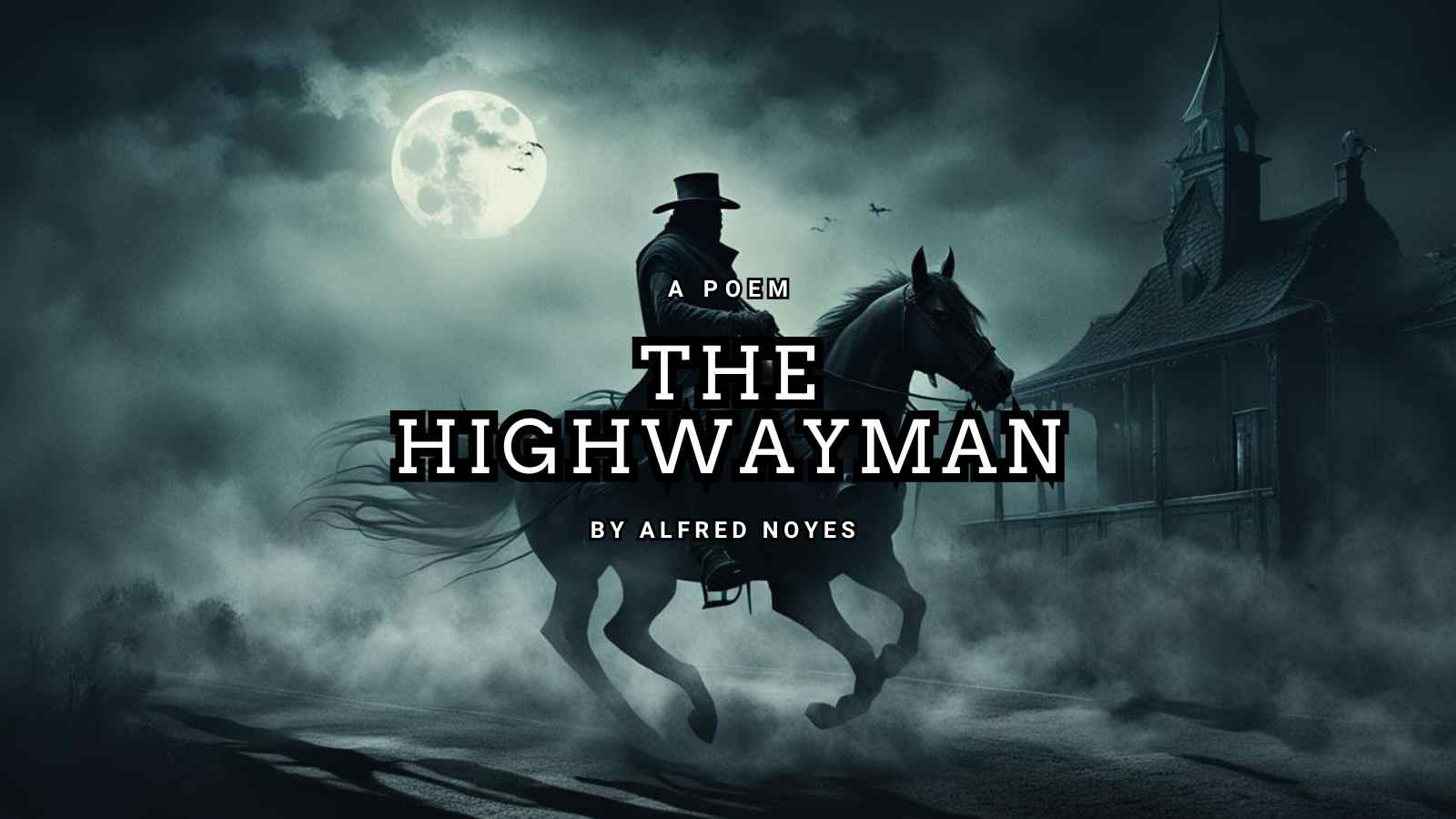
THE HIGHWAYMAN
by Alfred Noyes (1880-1958)
PART ONE
I
The wind was a torrent of darkness among the gusty trees,
The moon was a ghostly galleon tossed upon cloudy seas,
The road was a ribbon of moonlight over the purple moor,
And the highwayman came riding?
Riding?riding?
The highwayman came riding, up to the old inn-door.
II
He’d a French cocked-hat on his forehead, a bunch of lace at his chin,
A coat of the claret velvet, and breeches of brown doe-skin;
They fitted with never a wrinkle: his boots were up to the thigh!
And he rode with a jewelled twinkle,
His pistol butts a-twinkle,
His rapier hilt a-twinkle, under the jewelled sky.
III
Over the cobbles he clattered and clashed in the dark inn-yard,
And he tapped with his whip on the shutters, but all was locked and barred;
He whistled a tune to the window, and who should be waiting there
But the landlord’s black-eyed daughter,
Bess, the landlord’s daughter,
Plaiting a dark red love-knot into her long black hair.
IV
And dark in the dark old inn-yard a stable-wicket creaked
Where Tim the ostler listened; his face was white and peaked;
His eyes were hollows of madness, his hair like mouldy hay,
But he loved the landlord’s daughter,
The landlord’s red-lipped daughter,
Dumb as a dog he listened, and he heard the robber say?
V
“One kiss, my bonny sweetheart, I’m after a prize to-night,
But I shall be back with the yellow gold before the morning light;
Yet, if they press me sharply, and harry me through the day,
Then look for me by moonlight,
Watch for me by moonlight,
I’ll come to thee by moonlight, though hell should bar the way.”
VI
He rose upright in the stirrups; he scarce could reach her hand,
But she loosened her hair i’ the casement! His face burnt like a brand
As the black cascade of perfume came tumbling over his breast;
And he kissed its waves in the moonlight,
(Oh, sweet black waves in the moonlight!)
Then he tugged at his rein in the moonlight, and galloped away to the West.
PART TWO
I
He did not come in the dawning; he did not come at noon;
And out o’ the tawny sunset, before the rise o’ the moon,
When the road was a gipsy’s ribbon, looping the purple moor,
A red-coat troop came marching?
Marching?marching?
King George’s men came marching, up to the old inn-door.
II
They said no word to the landlord, they drank his ale instead,
But they gagged his daughter and bound her to the foot of her narrow bed;
Two of them knelt at her casement, with muskets at their side!
There was death at every window;
And hell at one dark window;
For Bess could see, through her casement, the road that he would ride.
III
They had tied her up to attention, with many a sniggering jest;
They had bound a musket beside her, with the barrel beneath her breast!
“Now keep good watch!” and they kissed her.
She heard the dead man say?
Look for me by moonlight;
Watch for me by moonlight;
I’ll come to thee by moonlight, though hell should bar the way!
IV
She twisted her hands behind her; but all the knots held good!
She writhed her hands till her fingers were wet with sweat or blood!
They stretched and strained in the darkness, and the hours crawled by like years,
Till, now, on the stroke of midnight,
Cold, on the stroke of midnight,
The tip of one finger touched it! The trigger at least was hers!
V
The tip of one finger touched it; she strove no more for the rest!
Up, she stood up to attention, with the barrel beneath her breast,
She would not risk their hearing; she would not strive again;
For the road lay bare in the moonlight;
Blank and bare in the moonlight;
And the blood of her veins in the moonlight throbbed to her love’s refrain.
VI
Tlot-tlot; tlot-tlot! Had they heard it? The horse-hoofs ringing clear;
Tlot-tlot, tlot-tlot, in the distance? Were they deaf that they did not hear?
Down the ribbon of moonlight, over the brow of the hill,
The highwayman came riding,
Riding, riding!
The red-coats looked to their priming! She stood up, straight and still!
VII
Tlot-tlot, in the frosty silence! Tlot-tlot, in the echoing night!
Nearer he came and nearer! Her face was like a light!
Her eyes grew wide for a moment; she drew one last deep breath,
Then her finger moved in the moonlight,
Her musket shattered the moonlight,
Shattered her breast in the moonlight and warned him?with her death.
VIII
He turned; he spurred to the West; he did not know who stood
Bowed, with her head o’er the musket, drenched with her own red blood!
Not till the dawn he heard it, his face grew grey to hear
How Bess, the landlord’s daughter,
The landlord’s black-eyed daughter,
Had watched for her love in the moonlight, and died in the darkness there.
IX
Back, he spurred like a madman, shrieking a curse to the sky,
With the white road smoking behind him and his rapier brandished high!
Blood-red were his spurs i’ the golden noon; wine-red was his velvet coat,
When they shot him down on the highway,
Down like a dog on the highway,
And he lay in his blood on the highway, with the bunch of lace at his throat.
*??? *??? *??? *
X
And still of a winter’s night, they say, when the wind is in the trees,
When the moon is a ghostly galleon tossed upon cloudy seas,
When the road is a ribbon of moonlight over the purple moor,
A highwayman comes riding?
Riding?riding?
A highwayman comes riding, up to the old inn-door.
XI
Over the cobbles he clatters and clangs in the dark inn-yard;
He taps with his whip on the shutters, but all is locked and barred;
He whistles a tune to the window, and who should be waiting there
But the landlord’s black-eyed daughter,
Bess, the landlord’s daughter,
Plaiting a dark red love-knot into her long black hair.
Bio
Alfred Noyes was a prominent English poet, novelist, and playwright born in Wolverhampton, England, on September 16, 1880. He gained early recognition for his poetry, publishing his first collection, “The Loom of Years,” at the age of 21 after studying briefly at Exeter College, Oxford. Noyes is best known for his ballads and narrative poems, particularly “The Highwayman” (1906), which has become a classic of English literature. Throughout his career, he produced numerous works, including the epic poem “Drake” and the scientific history trilogy “The Torch-Bearers.” Noyes also had a distinguished academic career, teaching English literature at Princeton University from 1914 to 1923. His personal life saw two marriages and a conversion to Catholicism in 1927, which influenced his later writings. During World War II, Noyes contributed to the war effort by working for the British Ministry of Information. Despite the changing literary landscape with the rise of modernist poetry, Noyes maintained a traditional style, often focusing on romantic and historical themes. He continued writing until late in life, publishing his autobiography, “Two Worlds for Memory,” in 1953. Alfred Noyes passed away on June 25, 1958, on the Isle of Wight, leaving behind a significant legacy in English poetry.
Summary
“The Highwayman” by Alfred Noyes is a haunting narrative poem that tells a tragic tale of love and sacrifice in 18th-century England. The story centers on a dashing highwayman and his love, Bess, the innkeeper’s daughter. One night, the highwayman visits Bess, promising to return with stolen riches. However, Tim, the jealous ostler who also loves Bess, overhears their plan and betrays them to the authorities. King George’s men arrive at the inn, using Bess as bait to capture the highwayman. In a desperate act of love, Bess sacrifices herself to warn her lover of the trap. Upon learning of her death, the highwayman returns in a rage and is shot down on the highway. The poem concludes with an eerie epilogue, suggesting that on winter nights, the ghosts of the ill-fated lovers can still be seen at the old inn. Through its vivid imagery, rhythmic language, and poignant storyline, the poem explores themes of love, loyalty, betrayal, and the enduring power of romantic legend.
Guided Questions
Here are 10 questions based on “The Highwayman” by Alfred Noyes:
- What is the significance of the weather and natural imagery in the opening stanza of the poem?
- How does the poet describe the highwayman’s appearance, and what does this reveal about his character?
- What role does Tim the ostler play in the story, and how does his actions affect the outcome?
- How does Bess demonstrate her love and loyalty to the highwayman?
- What promise does the highwayman make to Bess, and how does this foreshadow later events?
- How do the redcoats use Bess as part of their plan to capture the highwayman?
- What is the meaning behind the repeated phrase “Tlot-tlot” in the poem?
- How does Bess manage to warn the highwayman of the trap, and at what cost?
- What is the highwayman’s reaction upon learning of Bess’s fate, and what happens to him?
- How does the poem’s ending contribute to its overall mood and themes?
Lesson Plan: “The Highwayman” by Alfred Noyes
Objective
Students will analyze the narrative structure, poetic devices, and themes in Alfred Noyes’ poem “The Highwayman.”
Duration
90 minutes (can be split into two 45-minute sessions)
Materials
- Copies of “The Highwayman” poem
- Audio recording of the poem (optional)
- Whiteboard and markers
- Handouts for activities
Lesson Structure
1. Introduction (10 minutes)
- Begin with a brief discussion about highwaymen in history.
- Introduce Alfred Noyes and provide context for the poem.
2. First Reading (15 minutes)
- Read the poem aloud to the class, or play an audio recording.
- Ask students to jot down initial impressions and questions.
3. Literary Devices Discussion (20 minutes)
- Discuss the following poetic elements:
- Rhythm and meter
- Imagery and symbolism
- Repetition and its effect
- Personification (e.g., “The moon was a ghostly galleon”)
- Have students identify examples in the text.
4. Character Analysis (15 minutes)
- Divide the class into groups, assigning each a character:
- The Highwayman
- Bess
- Tim the ostler
- The redcoats
- Groups discuss and present their character’s motivations and role in the story.
5. Plot and Narrative Structure (15 minutes)
- Create a timeline of events on the board.
- Discuss the narrative structure and how tension builds throughout the poem.
6. Themes and Symbolism (10 minutes)
- Lead a discussion on key themes:
- Love and sacrifice
- Loyalty and betrayal
- The supernatural/ghostly elements
7. Creative Response (15 minutes)
Choose one:
- Write a diary entry from Bess’s perspective.
- Create an alternative ending to the poem.
- Draw a scene from the poem, focusing on the vivid imagery.
8. Conclusion and Reflection (5 minutes)
- Summarize key points learned.
- Assign homework: Write a short essay on how the poem’s structure contributes to its emotional impact.
Extension Activities
- Research historical highwaymen and compare to the poem’s portrayal.
- Analyze and compare other narrative poems (e.g., “The Raven” by Edgar Allan Poe).
- Create a dramatic reading or performance of the poem.
Assessment
- Participation in discussions
- Character analysis presentation
- Creative response activity
- Homework essay
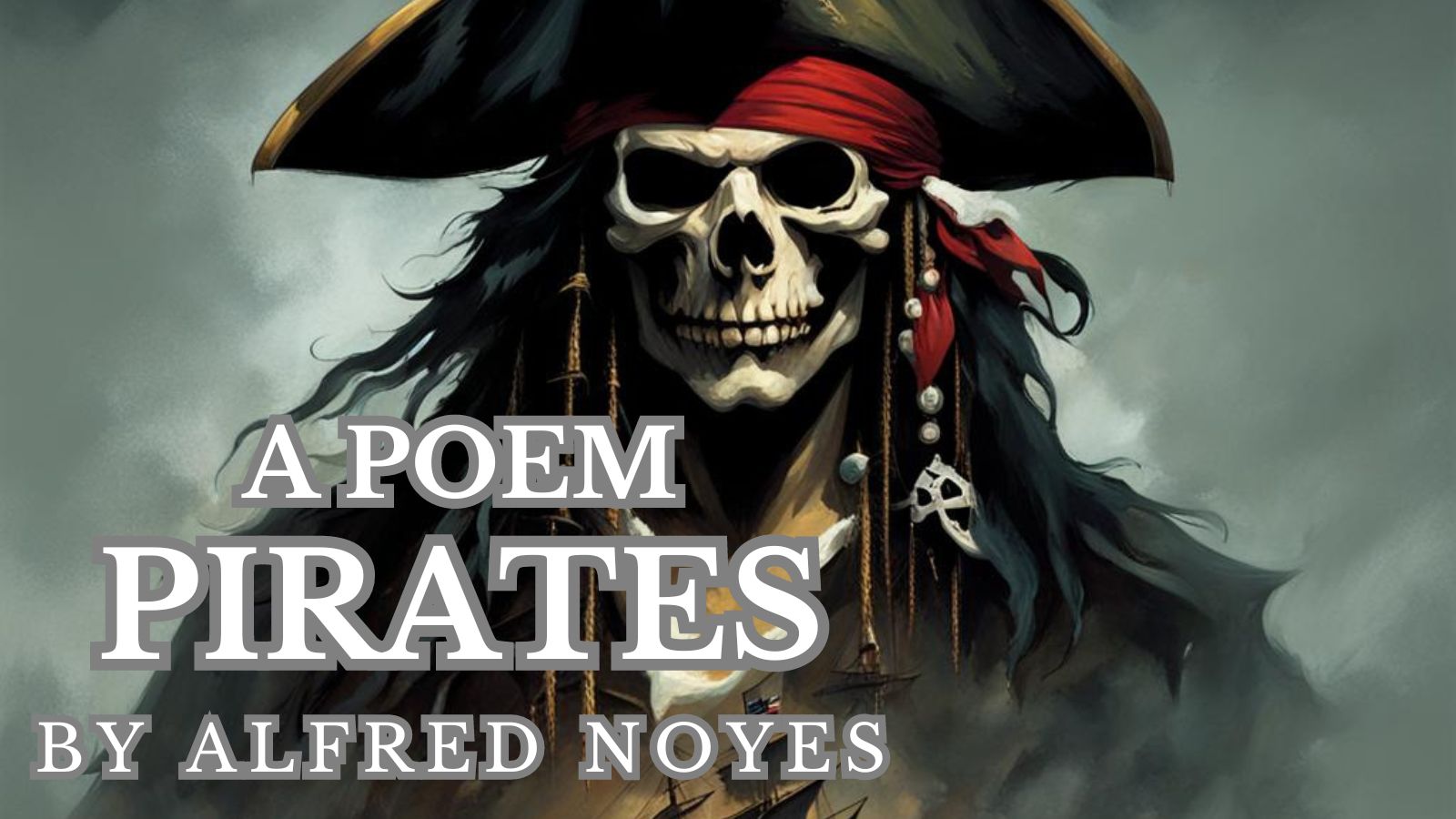
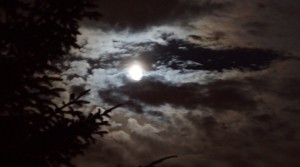
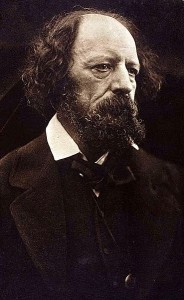
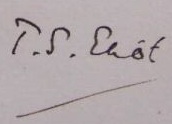
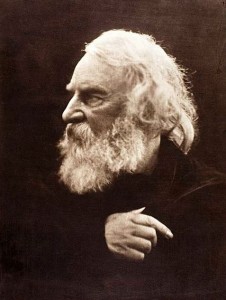
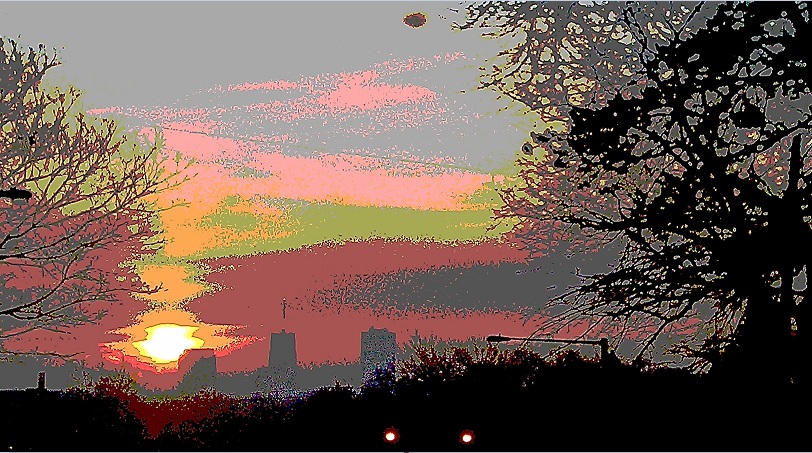
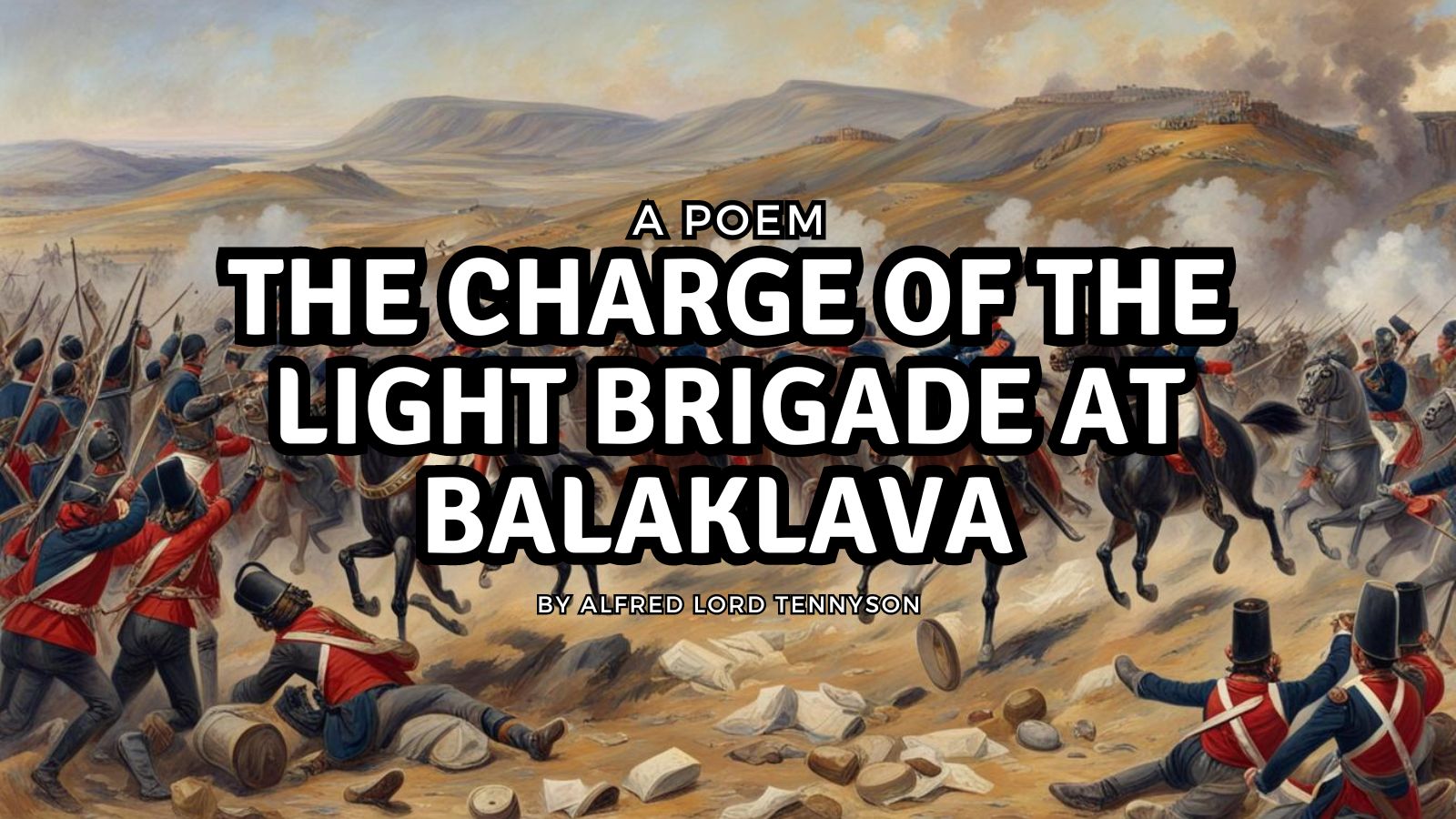
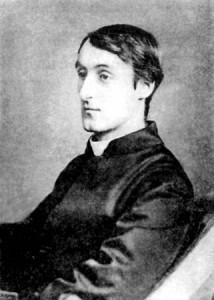
Leave a Reply
You must be logged in to post a comment.